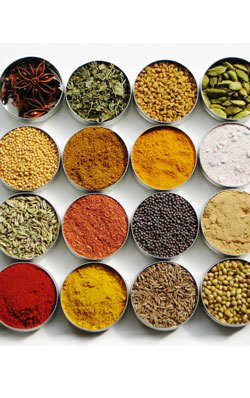
The word Kapha has been defined as "kena jalena phalatiti kaphah" or that kapha is the product of water. The synonym Sleshma which is used as frequently as the term kapha is derived from the root "slish alingane" meaning, to embrace, to cohere or to keep together. Kapha is stated to be developed with a predominance of the Ap (water) and Prithvi (earth) bhutas. It is imperative that, this factor is the basis for the structural integrity of the body.
The characteristics of Kapha are guru (heavy), sita (cool), mrudu (soft), snigdha (viscous), sthira (stable), pichila (slimy), madhura (sweet), sara (firm), sandra (compact) and sweta (white). It is madhura (sweet) in taste when it is well formed and lavana (saltish) when not well formed.The seats of Kapha are Uras (chest), Shiras (head), Griva (neck or throat), Parvani (joints), Amasaya (the upper portion of the stomach), Medas (adipose tissue) ,rasa(plasma), mamsa (muscle tissue), Majja(marrow), Shukra (the reproductive element), Grana (nose), jihva(tongue) and Kloma (Pancreas).
The functions of Kapha are snehana (promotion of unctuousness), Bandhana (binding or keeping together of the various structures of the body, especially the joints), sthiratva (contributes the stability and sturdiness of the body, Gaurava (promotes the bulk and thereby contributes to the heaviness of the body), Vrishatva (contributes to the sexual potency and the capacity to reproduce), Bala (promotes strength and resistance to disease and decay, Kshama (forbearance), Dhriti (fortitude), Alobha (greedlesness) Sandhi samsleshanam (keeping together and lubrication of the joints of the body, Ropanam (promotion of healing and the process of repair, Pooranam (conservation or storage), Brimhanam (tissue building) and Tarpanam (soothening).
A critical appraisal of the physical properties and functions of Kapha which include under the activities of the skeletal, anabolic, immunological and reproductive systems essentially suggest the protoplasmic concept of modern physiology. If the physico-chemical characteristics of Kapha appear, in general, similar to those of the cell-protoplasm, functions ascribed to Kapha are the same as those of the cell-protoplasm.
The Kapha contributes to the growth, bulk and weight of the body. Kapha imparts stability and sturdiness to the body. Kapha is the factor which is responsible for the promotion of healing process. This is the proliferative tissue change as a consequence of the irritant being mild as a part of the pathology of inflammation. This healing process is also associated with the reproduction of the cells with the differentiation also.
Kapha has an inherent capacity to reproduce itself both at the cellular level as well as the level of the entire animal. Kapha is held responsible for conferring the strength required to perform vigorous physical work-vyayama shakthi on one hand and vyadhi kshamatva or immunity to diseases on the other. Subdivisions of Kapha are Avalamba Kapha, Kledaka Kapha, Tarpaka Kapha, Bodhaka Kapha and Sleshaka Kapha.
Avalambaka Kapha is located in the Uras (chest or throat). The name itself clearly suggests that this Kapha supports other organs or Kaphasthanas (locations) of the body.Kledaka Kapha is stated to be located in the Amasaya. It moistens the food brought to this place, disintegrates, breaks and liquefies it. Kledaka Kapha protects the Amasaya (stomach) from being digested by the Pitha which is also located there.
Tarpaka Kapha is located in the Shiras (head) and by virtue of its snehana (unctuous) and Tarpana (soothening) qualities, nourishes and soothes the indriyad (sense organs).Bodhaka Kapha is located in the Jihvamoola (the root of the tongue) and Kanta(throat) enables taste perception.Sleshaka Kapha is located in the Sandhis or joints, keep them firmly united, and protects their articulation by its quality of sleshana (lubrication).



.jpg)

